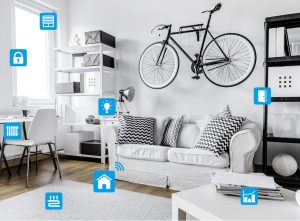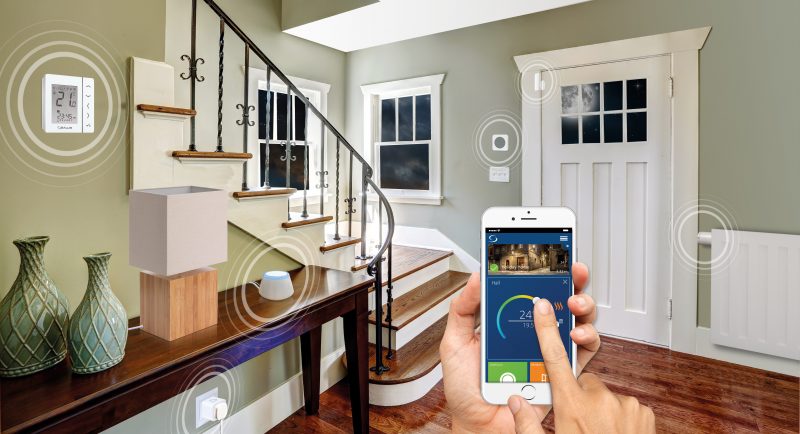There is an old saying – a coin has two sides. This applies in the case of smart homes too. Today, smart homes are gaining popularity not only because they make your sci-fi dreams come true but provide convenience and comfort as well.
However, this luxury brings the risk of hacking because smart homes mostly have an automation system at the center which wirelessly connects and aligns all your smart appliances to work in harmony. Though there are some advanced and secure systems from companies such as HDH Tech, you should take the following steps to make sure that you and your smart home are not at the risk of surveillance or hacking.
 Use Secure Encryption
Use Secure Encryption
You should make use of a secure encryption because it will make sure that you always connect via a password. This encryption can be selected from the security section of the wireless security menu. There will be four options and you should choose WPA or WPA2 but do not choose WEP or disabled.
Use Strong Password
Despite hearing that one should always use a robust password, people often keep a distance from strong passwords on a Wi-Fi. This is a clear invitation to hackers and most of the time, they crack the soft passwords in mere a minute. Keep your password between 8-10 characters and a mix of letters, numbers, and special characters.
Change the SSID Name Frequently
SSID is nothing but your wireless network’s name, the name you choose to join a network. For enhanced security of your smart home, you should change the network’s name regularly. Avoid using the default name and the new one shouldn’t reveal that you own the network.
For enhanced security, you can take advanced steps such as restrict the wireless range of your automation system, change the security password of router’s interface, and regularly check all the connections to your network.

